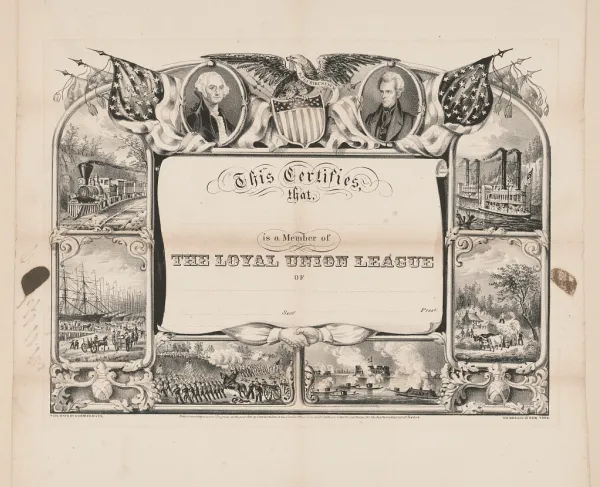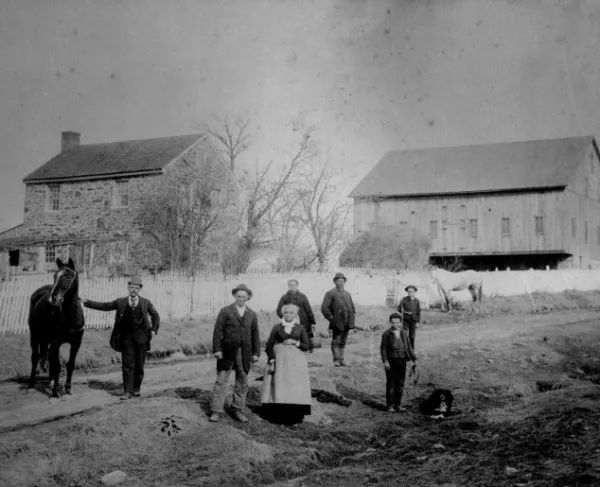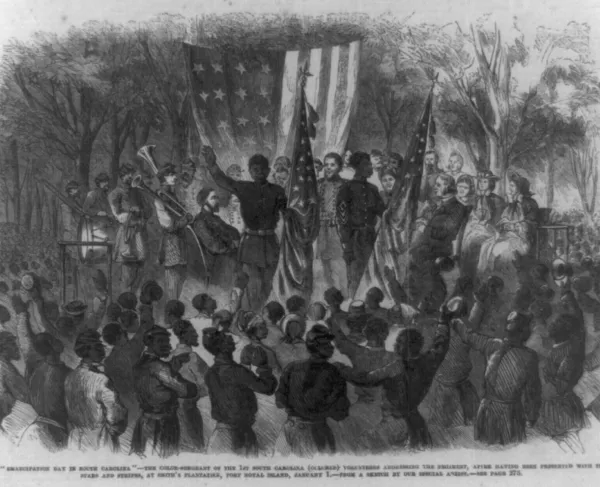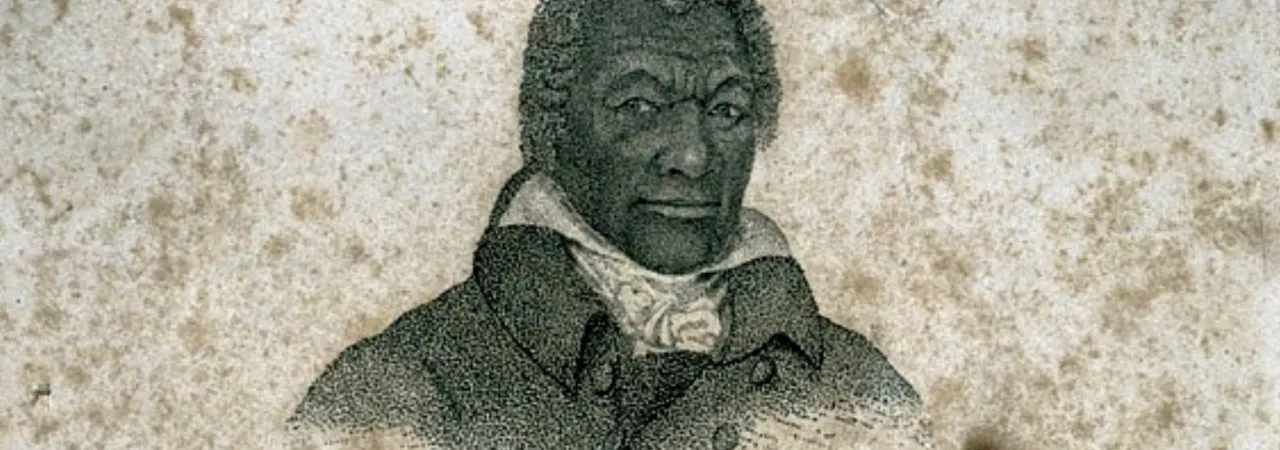
Even 250 years after the events of the American Revolution, there is much that historians are still piecing together about the activities of spies during the war—including the identities of the men and women who risked their lives for the British and patriot armies. Much more is known about the activities of free, white spies during the American Revolution—little is known about the enslaved and free Black spies who acted during the war. Even the earliest source of information about the activities of African Americans during the war, William C. Nell’s The Colored Patriots of the American Revolution, published in Boston in 1855, fails to mention activities of espionage in its pages. Regardless, African Americans—both free and enslaved—had difficult choices to make during the era of the Revolution. Some chose to support the British, while others fought with or supported patriot armies. Often, their choice hinged on supporting the side that offered their best chance at freedom from enslavement. Sometimes, though, enslaved and free African Americans received no compensation or reward for their service. Those Black Americans who spied during the war often did so—at great personal risk—for little reward.
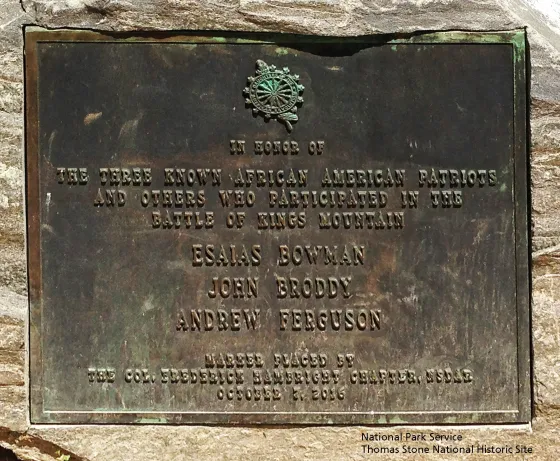
Many acts of espionage or information gathering we owe to unnamed agents—enslaved African Americans who had opportunities to see and hear, but who were not deemed a threat by their very status as an enslaved person. It is not difficult to imagine enslaved men and women working in the homes where officers, soldiers, and the political elite freely discussed their plans within earshot of an enslaved man attending his owner or an enslaved woman serving at the table. But they were not simply passive bystanders—they shared the information they heard. There is plenty of historical evidence to suggest this was occurring, and that officers became aware of the potential problem it caused. A patriot army officer in Newport, Rhode Island was well aware of the threat this posed, and attempted to “put an end to the communication by the Negroes.”
Some historians credit an enslaved man in Newport, Rhode Island as being the first African-American spy of the American Revolution. Quaco, sometimes referred to as Quaco Honeyman, was enslaved by James Honeyman, a loyalist. At various times during the war, the British occupied Newport, and the population of enslaved African Americans there were frequent and keen observers of both the patriot and British officers, often overhearing important and secretive plans. This may have been the case with Quaco, whom historians believe may have been rented out by his loyalist owner for the use of British and loyalist officers and soldiers. One early history of the war in New England written in 1839 includes an account of what may describe Quaco’s activities in giving intelligence regarding General Richard Prescott: “Quam [sic], the negro who had been employed in the kitchen of Mr. Overing, had carried a very perfect account of the situation of the General in the house.” Soon after in 1777, the general was captured by patriot forces.
The intelligence given by Quaco enabled the raid to be successful. The Rhode Island General Assembly acknowledged as much in 1782, stating “the information he (then) gave rendered great and essential service to this state and the public in general.” Quaco’s situation is an interesting one, wherein during the course of the war he petitioned the Rhode Island General Assembly to change his legal status from that of enslaved to free. Owing to the intelligence he provided on behalf of the patriot cause—especially in the face of his owner’s loyalist ideology—Quaco was granted his freedom.
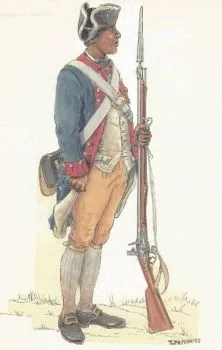
Throughout the war, New England was rife with intelligence activities, even before General George Washington instigated the Culper Spy Ring in 1778. One spy whose activities are quite well-known is Hercules Mulligan, an Irish-born tailor who immigrated to New York City in 1746. His British and loyalist clientele often inadvertently divulged important information, such as their expected length of time in the city, when they would be moving with the army, and to where, et cetera. Mulligan knew the importance of the information and needed to get it to patriot leaders, but how? The answer was Cato, an enslaved man whom Mulligan owned and who worked with him in his shop. Under the guise of delivering clothing or packages, Cato passed under the unsuspecting eyes of enemy soldiers in his way. Cato is one of many African-American accomplices in the network of patriot espionage.
Perhaps the most well-known Black spy of the American Revolution is James Armistead Lafayette. Born enslaved in Virginia, the French General Marquis de Lafayette recruited him to spy for the patriots in the summer of 1781. With the permission of his owner, James infiltrated General Charles Cornwallis’ camp at Yorktown. James may have pretended to be a runaway slave seeking his freedom with the British army. He earned Cornwallis’ trust, and found himself able to look at the General’s papers, took note of troop size and the health and morale of the soldiers, and communicated all he learned back to Lafayette. In turn, Lafayette wrote all of this to Washington, who would eventually defeat Cornwallis at the Siege of Yorktown in October. Some historians believe that James was actually acting as a double agent, leading Cornwallis to believe he would spy for the British army, all the while giving Cornwallis false intelligence about the patriots. After the Siege of Yorktown, James was still enslaved. Though he had provided critical intelligence that led to the allied army’s victory at Yorktown, James had to petition the Virginia Assembly multiple times for his freedom. Upon learning James was still enslaved, the Marquis de Lafayette wrote an affidavit attesting to his patriotic service. When the Virginia Assembly finally granted his freedom, James took the surname Lafayette in honor of the Marquis.
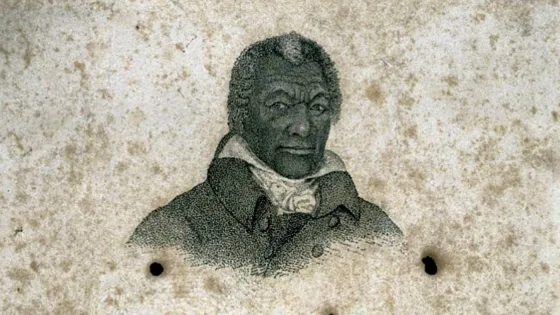
James was not the only enslaved African America operating in the midst of the armies’ Yorktown campaign. Saul Matthews, a Black man enslaved by Thomas Matthews, gathered information on Cornwallis’ army while the British moved closer to Yorktown on the eve of the Siege. Saul was recruited by Virginia militia colonel Josiah Parker, who later proclaimed that Saul “deserved the applause of his country.” Similar to James, though Saul provided crucial intelligence that ultimately led to a major and decisive patriot victory, he was not immediately granted his freedom. Saul continued to be enslaved for at least a decade after the war. The Virginia Assembly did not grant his freedom until 1792.
Enslaved African Americans continued to gather intelligence and as spies for the duration of the war. In 1783 the South Carolina assembly honored the activities of an enslaved man named Antigua. Antigua “was employed for the purposes of procuring information of the enemy’s movements and designs,” by the former governor of South Carolina, John Rutledge. The legislature further testified that “Antigua always executed the commissions with which he was intrusted with diligence and fidelity, and obtained very considerable and important information from within the enemy’s lines, frequently at the risk of his life.” Antiqua was given his freedom, but the legislature went even further, and granted freedom to his wife, Hagar, and their child.
While many of the stories of enslaved African Americans acting as spies are readily verifiable by primary source evidence, such as acts of state legislatures granting them their freedom, other stories are firmly in the realm of anecdote or even myth. One such story is that Pompey Lamb and his escapades at the battle of Stoney Point in 1779. In his Pictorial Field Book of the Revolution Benjamin Lossing recounted how “a negro slave belonging to a Captain Lamb” enabled General Anthony Wayne’s army to advance towards the British position undetected. Lossing claims to have spoken to “an old ferryman at Stony Point,” who offered that he knew the gentleman in question and provided further accounts that Pompey had become a regular in the British fort by way of selling fruit. He would be welcomed into the British stronghold and “became a favorite with the officers, who had no suspicion that he was regularly reporting every thing to his Whig master.” However, this account his largely anecdotal and historians debate Pompey Lamb’s activities, though his actual existence is not necessarily in question.
While stories like Pompey’s have not proven to be verifiable, his story is a reminder that there is much we still don’t know about the services and activities of Black spies of the American Revolution. Unlike the stories of James Lafayette, Cato, and Saul Matthews that have been found in primary source documents, there may be many more unknown stories of the courageous activities of Black spies of the American Revolution, waiting to be discovered.
Further Reading:
- Black Patriots in the American Revolution By: Patrick G. Cabral
- African Americans in the Revolutionary War By: Michael Lee Fanning
- The American Revolution Reborn By: Michael Zuckerman & Patrick Spero

